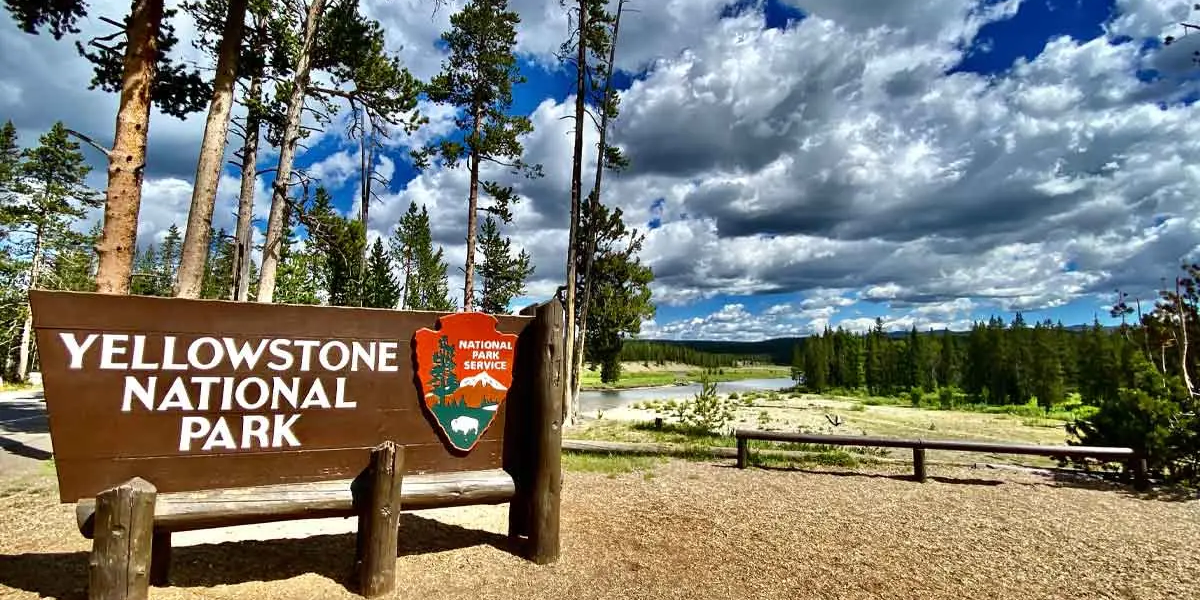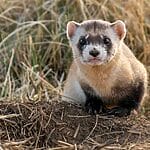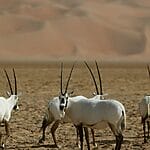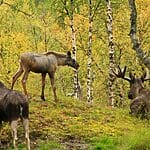11 Interesting Animals in Montana – You Might Not Know
Montana’s vast landscapes are a haven for interesting animals, showcasing a diverse array of wild animals against breathtaking views. From the elusive wolverine to the majestic elk, interesting animals in Montana thrive in varied ecosystems, including expansive forests, rugged mountains, and expansive plains.
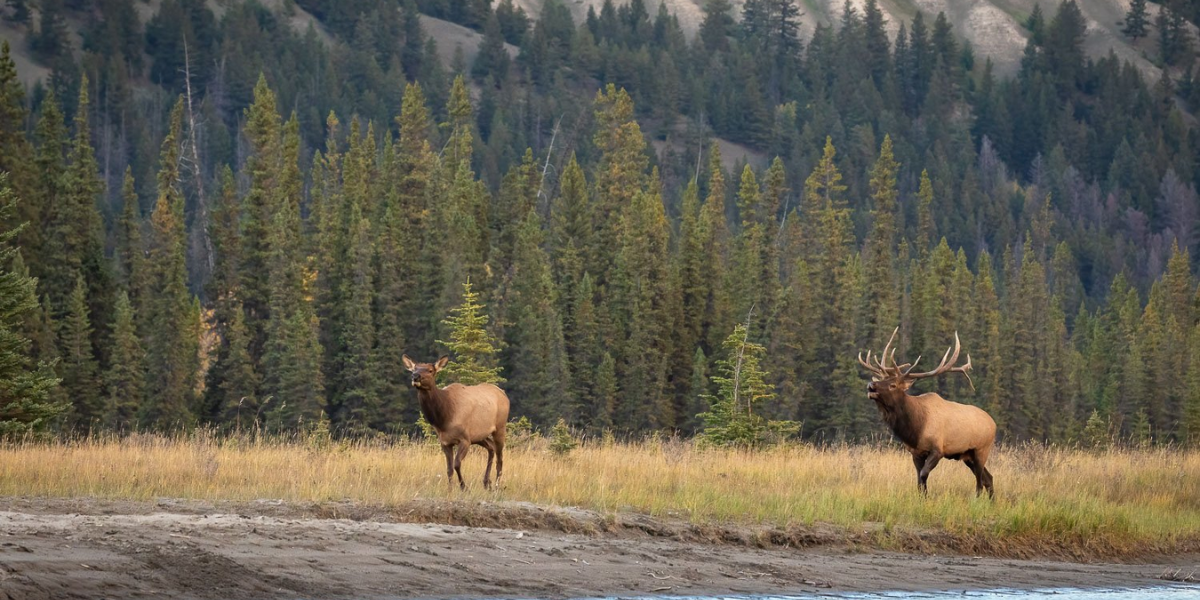
Tourists can revel in captivating wildlife encounters, whether it’s observing bighorn sheep scaling cliffs or witnessing the graceful flight of bald eagles overhead.
The state’s numerous national parks, such as Glacier National Park and Yellowstone National Park, offer prime opportunities for wildlife enthusiasts to astonish at interesting animals in Montana.
Where to Find the Most Interesting Animals in Montana? – (With Interesting Pictures)
Montana, with its diverse ecosystems, offers numerous locations to find the most interesting animals. We have mentioned the best places to spot Montana wildlife, as well as, you will also explore the interesting animals in this guide.
Glacier National Park
The Glacier National Park is located in the pristine wilderness of Montana. It is a natural wonder renowned for its breathtaking landscapes and diverse wildlife. The park spans over a million acres of rugged terrain, encompassing pristine lakes, towering mountains, and ancient glaciers.
This ecological haven is home to a rich variety of wildlife, including grizzly bears, mountain goats, elk, moose, and elusive lynx.

However, safety measures are crucial – visitors are advised to maintain a safe distance from wildlife, carry bear spray, and adhere to park guidelines to ensure both their safety and the preservation of the park’s natural ecosystem.
Grizzly Bears
Grizzly bears are interesting animals in Montana, the northwestern region of the United States, and live in areas like Glacier National Park and Yellowstone National Park. These powerful omnivores have a diverse diet, consuming berries, fish, and small mammals.
Adult male grizzlies can weigh between 600 to 1,500 pounds, while females typically range from 300 to 800 pounds. Their fur is dense and can vary in color, from light brown to almost black, often with silver-tipped guard hairs.
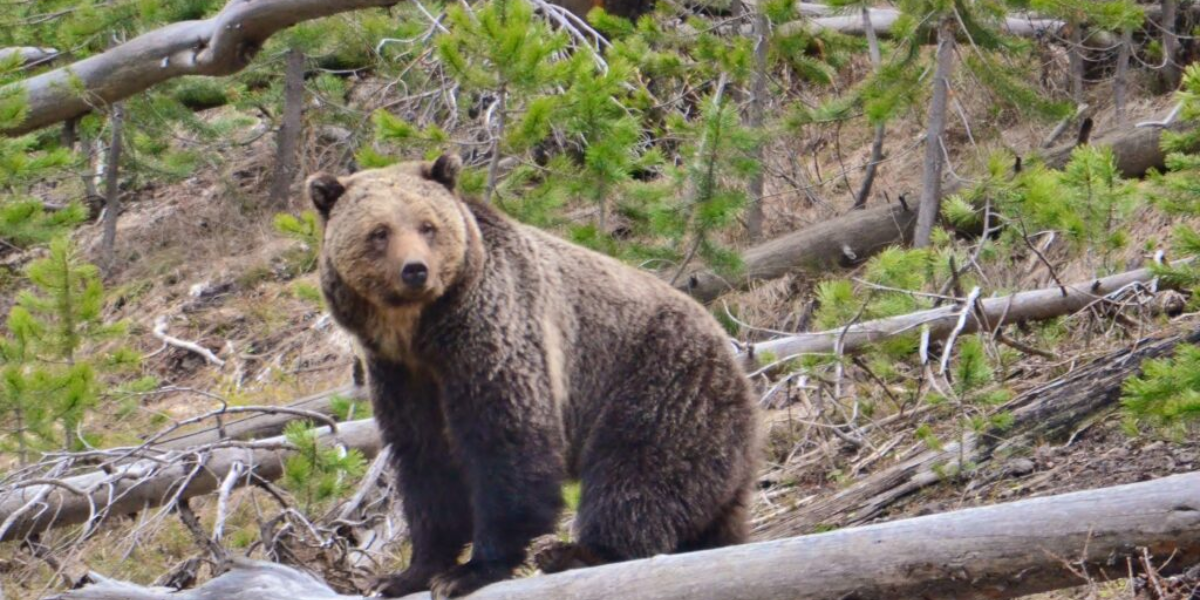
While grizzly bears are not inherently harmful, encounters can be dangerous, especially if they feel threatened. Tourists are advised to stay away, carry bear spray, and make noise on trails to avoid surprising them.
Fortunately, grizzly bears are classified as a “Least Concern” species on the IUCN Red List, which is evidence of successful conservation efforts.
Bighorn Sheep
Bighorn Sheep, distinguished by their impressive curved horns, thrive in the rugged terrain of Montana, especially in the Rocky Mountains and along the Missouri River Breaks. These interesting wild creatures are native to North America, and predominantly found in the western United States and Canada.
These interesting animals in Montana inhabit steep, rocky mountainous areas where they skillfully navigate the challenging terrain. Bighorn Sheep primarily feed on grasses, plants, and sedges, adapting their diet seasonally.
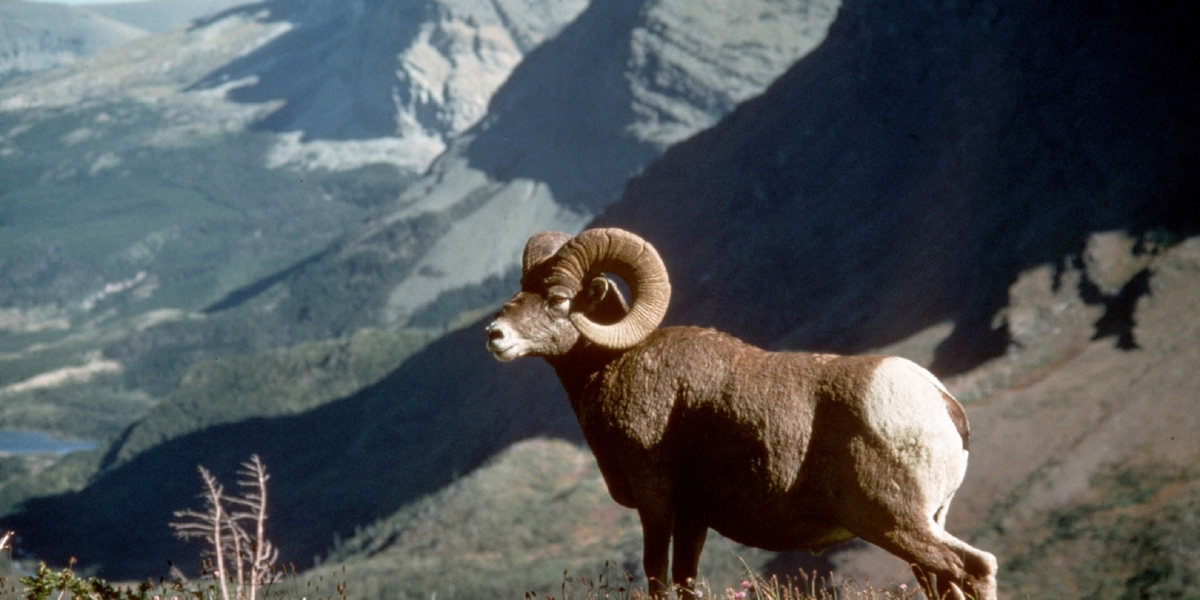
The horns, which continue to grow throughout the sheep’s life, can weigh up to 30 pounds (14 kilograms) and are a symbol of dominance during mating seasons. The sheep’s coat is dense and woolly, providing insulation against the harsh climates of their high-altitude habitats.
Bighorn sheep have a keen sense of balance and are agile climbers, which helps them to navigate cliffs and rocky landscapes with ease. They are not harmful to humans and tend to keep their distance.
However, it’s important to respect their spaces and avoid approaching them, as they can be unpredictable, especially during the mating season.
On the IUCN Red List, Bighorn Sheep are categorized as a species of “Least Concern,” reflecting stable population numbers. However, their population is facing threats from habitat loss and diseases.
Mountain Goat
Mountain goats, known for their agility and strength, are a prominent feature in Montana’s high-altitude landscapes, especially in Glacier National Park. Their natural habitats are rugged, alpine environments across the western parts of North America, primarily in the United States and Canada.
These are interesting animals in Montana, and their diet mainly consists of grasses, herbs, sedges, and ferns, supplemented by mosses in winter. The Mountain goats are sturdy and sure-footed creatures that exhibit a robust build with strong, muscular bodies.

Their distinctive features include a shaggy, thick coat that serves as insulation against harsh mountain climates, varying in color from creamy white to shades of brown and gray. Additionally, mountain goats are not harmful to humans. However, like all wild animals, you should treat them with respect and caution.
Tourists are advised to observe them from distance and avoid feeding them or trying to touch them. Because this can alter their natural behavior and potentially lead to aggressive encounters. On the IUCN Red List, mountain goats are classified as “Least Concern,” indicating a stable population.
Mule Deer
Mule deer, native to western North America, including Montana, are adaptable ungulates thriving in diverse habitats, from mountainous terrain to sagebrush flats.
Their range extends beyond the United States, encompassing Canada and Mexico. These herbivores graze on a variety of vegetation, consuming grasses, shrubs, and forbs.

These deer typically exhibit a slender and athletic build, with a body length ranging from 4.5 to 7 feet and a shoulder height of around 3 to 3.5 feet. Their coat coloration varies, providing effective camouflage in their diverse habitats—ranging from grayish-brown in the summer to a grayer hue in the winter.
Additionally, mule deer are not considered harmful to humans, but during certain seasons, males (bucks) may exhibit territorial behavior. So, tourists are advised to maintain a safe distance, avoiding direct interaction, particularly during the breeding season. On the IUCN Red List mule deer are categorized as “Least Concern.”
White-tailed Deer
White-tailed deer, native to North America, including Montana, are versatile creatures found in a variety of habitats, from dense forests to open fields. They are prevalent throughout the United States, Canada, Mexico, and parts of South America.
White-tailed deer are herbivores, primarily grazing on vegetation like grasses, leaves, and twigs, contributing to their adaptability.
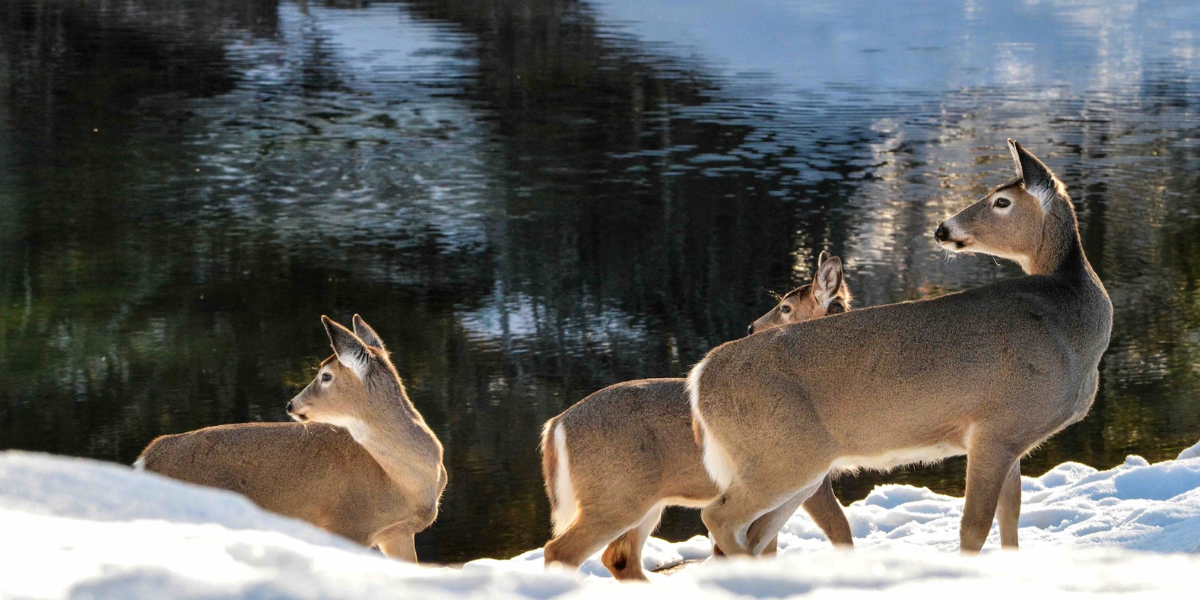
These medium-sized deer have a sleek and slender build, with a coat that varies in color throughout the year. During the summer, their fur is reddish-brown, transitioning to a more grayish-brown or even gray in winter.
One of the most notable features is their namesake tail, which is white on the underside and raised as an alert signal when they sense danger. Additionally, if encounters occur, particularly during mating season, caution is advised.
Tourists are encouraged to observe these graceful animals from a distance, avoiding any actions that may provoke them. White-tailed deer are listed on the IUCN Red List, as “Least Concern.” their population is stable and far from the threat of extinction.
Black Bears
Black bears, known for their adaptability and varied diet, are a common sight in Montana’s forests and mountainous regions. These bears are smaller and less aggressive than grizzlies and are found across North America, particularly in the United States, Canada, and parts of Mexico.
In Montana, they inhabit areas with dense vegetation, providing both food and cover. Black bears are omnivores, feasting on fruits, nuts, insects, and occasionally small mammals.
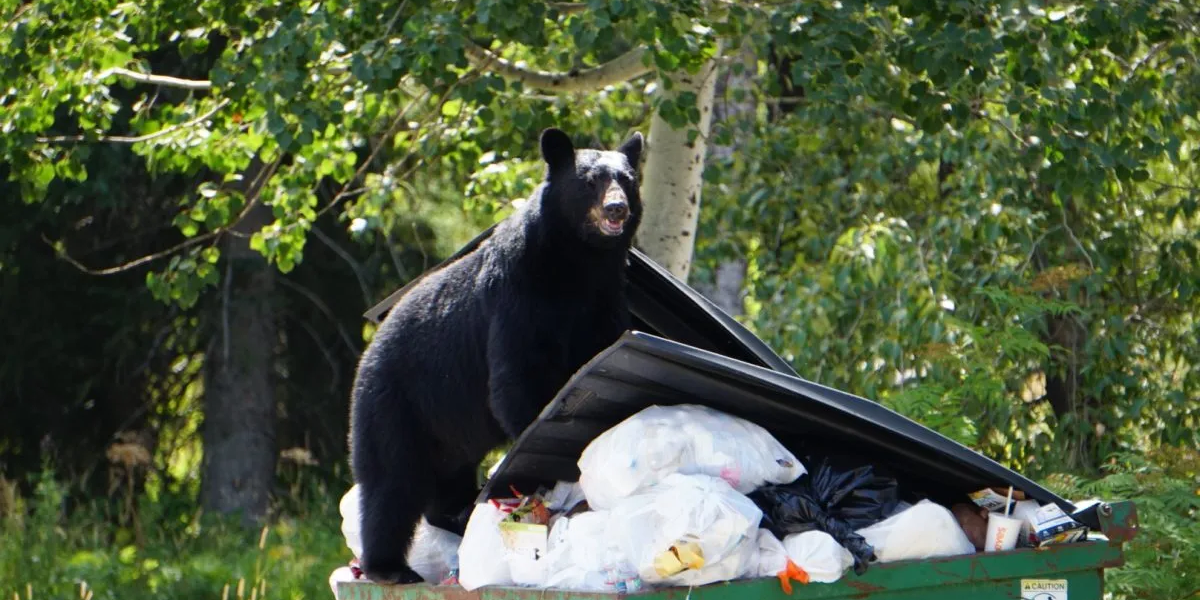
Typically, adult black bears have a well-muscled and robust build, featuring a stocky body, short legs, and a relatively small head with a straight facial profile. These interesting animals in Montana have dense fur, that varies in color from black to various shades of brown, cinnamon, or even light blond.
While they don’t attack humans, they can become aggressive if startled or if they feel their cubs are threatened. Tourists in bear country should make noise while hiking to avoid surprise encounters, keep a safe distance, secure food properly, and carry bear spray.
On the IUCN Red List, black bears are listed as a species of “Least Concern,” which depicts their stable population and the effectiveness of ongoing conservation efforts.
Mountain Lions
Mountain lions, also known as cougars or pumas, are elusive and adaptable predators native to Montana’s diverse habitats, from its dense forests to rocky mountains. These solitary animals are widely distributed across the Americas, ranging from the Canadian Yukon to the southern Andes in South America.
They primarily feed on deer, but their diet can also include smaller mammals and even insects. Characterized by a slender yet powerful build, they have a flexible spine and powerful hind limbs, allowing for remarkable agility and the ability to cover great distances.
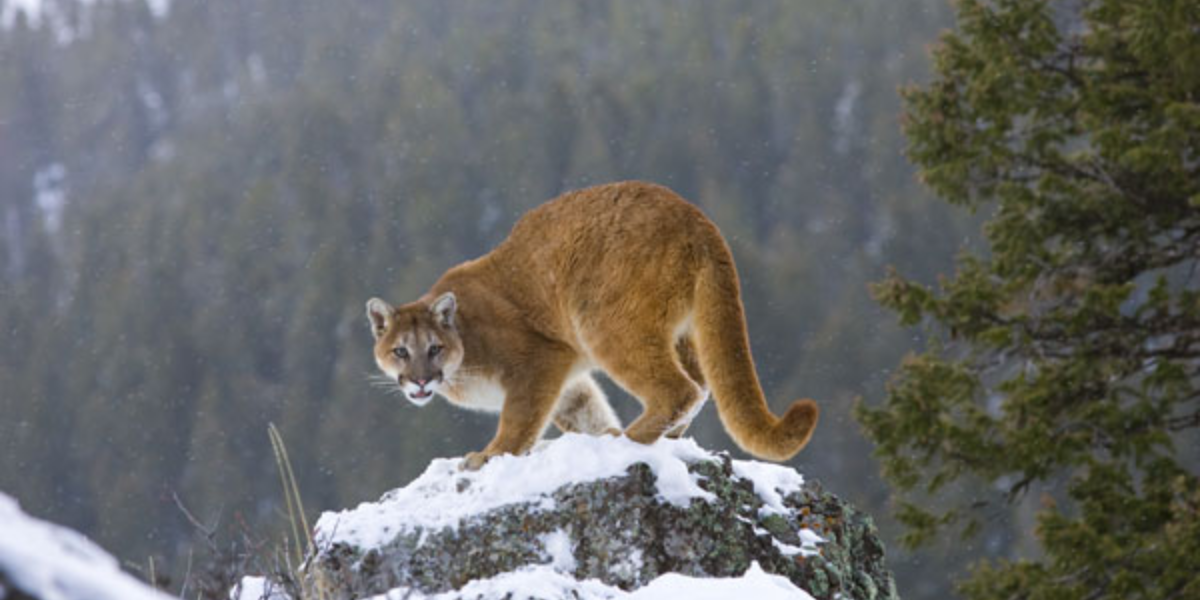
Their coat is typically short and coarse, varying in color from tawny to grayish-brown, providing effective camouflage in their diverse habitats.
Mountain lions can be dangerous if they feel cornered or threatened. Encounters, though rare, require caution; tourists should travel in groups, keep children close, and avoid hiking at dawn and dusk.
In the unlikely event of an encounter, one should maintain eye contact, appear larger, and speak loudly, never running away. They are listed as “Least Concern” on the IUCN Red List, but they face challenges from habitat loss and fragmentation.
Wolverines
Wolverines, elusive and resilient members of the weasel family, inhabit the rugged landscapes of Montana, particularly in high-elevation areas such as the Northern Rocky Mountains.
These interesting animals in Montana also range across the Arctic and subarctic regions of North America, Europe, and Asia. Wolverines are opportunistic eaters, consuming a varied diet of small mammals, carrion, and occasionally plants.
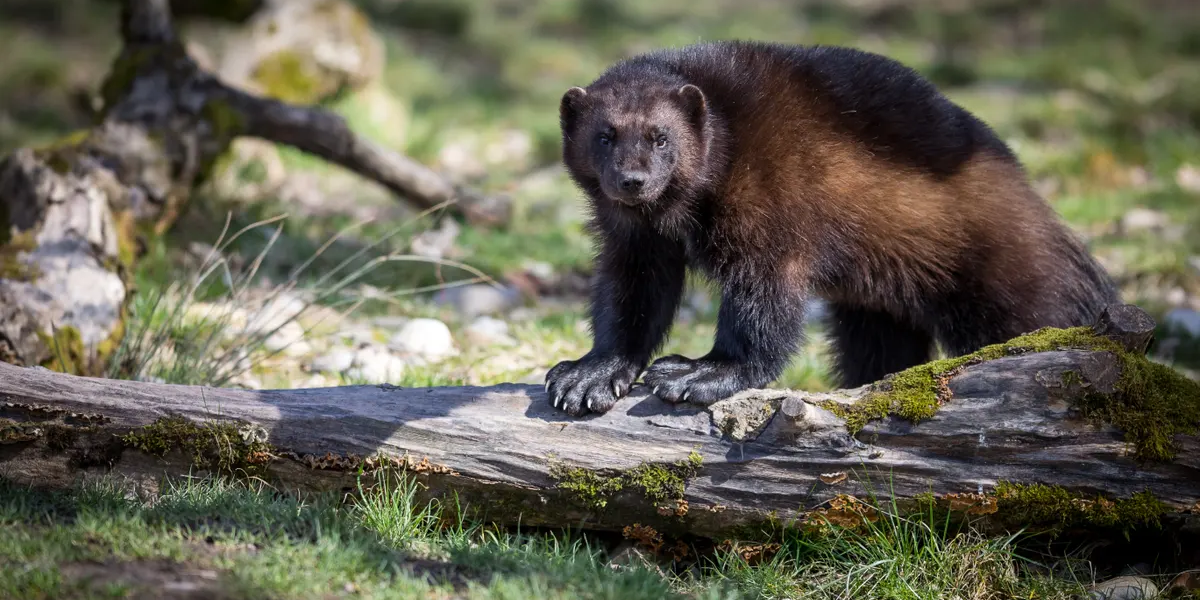
They have strong, muscular bodies with stocky legs and broad, rounded heads. Their fur is dense and coarse, providing insulation in cold climates and featuring a distinctive dark brown coloration with lighter patches on their face, throat, and chest.
Wolverines have large, powerful claws and strong jaws, help them to climb and traverse challenging landscapes of their habitat. They are not harmful to humans, and encounters are rare due to their remote habitats.
Tourists are advised to observe from a distance and avoid leaving food unattended to minimize any potential conflicts. Despite their elusive nature, wolverines face threats from habitat loss and climate change. They are classified as a species of “Least Concern” on the IUCN red list.
Gray Wolf
The gray wolf, a symbol of wilderness, inhabits diverse habitats in Montana, particularly in the Greater Yellowstone Ecosystem and remote areas of the northern Rocky Mountains. They are found across North America, Europe, Asia, and the Middle East.
These apex predators primarily feed on ungulates like deer, elk, and moose, but their diet can also include smaller mammals and carrion
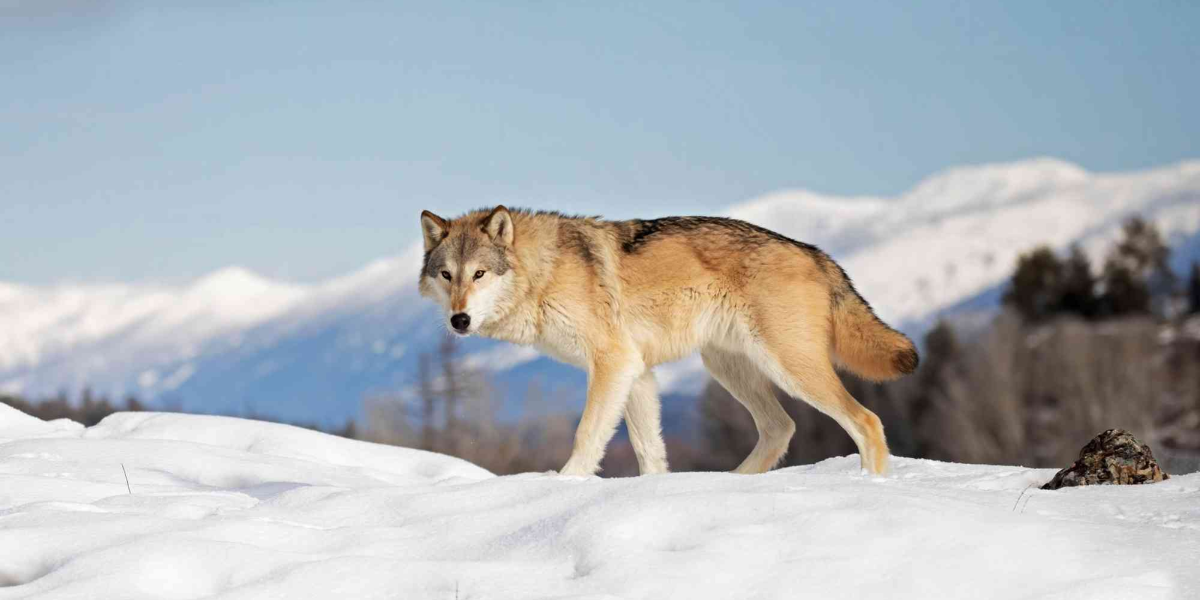
Grey wolves a robust and muscular build, with fur coloration ranging from gray to brown, black, and white. Their fur is dense and can vary in length and texture based on the wolf’s geographical location and the season.
Additionally, wolves in colder climates often have thicker fur, including a dense undercoat, for insulation against harsh weather. They are elusive and wary of humans, and gray wolves pose minimal threat to people.
However, maintaining a respectful distance and avoiding interaction or feeding them is crucial for safety and conservation. Visitors are encouraged to see them from a distance, use binoculars for a closer view, and follow park regulations.
On the IUCN Red List, the gray wolf is currently classified as “Least Concern” due to its wide range and population numbers.
Black-footed Ferret
The Black-footed Ferret, once thought to be extinct in the wild, is a rare species primarily found in the grasslands of North America, including parts of Montana. This species, native to the Great Plains region of the United States, was also reintroduced in parts of Canada and Mexico.
Black-footed Ferrets are interesting animals in Montana. They are carnivores and known as prairie dog hunters, however occasionally feed on small mammals and birds.
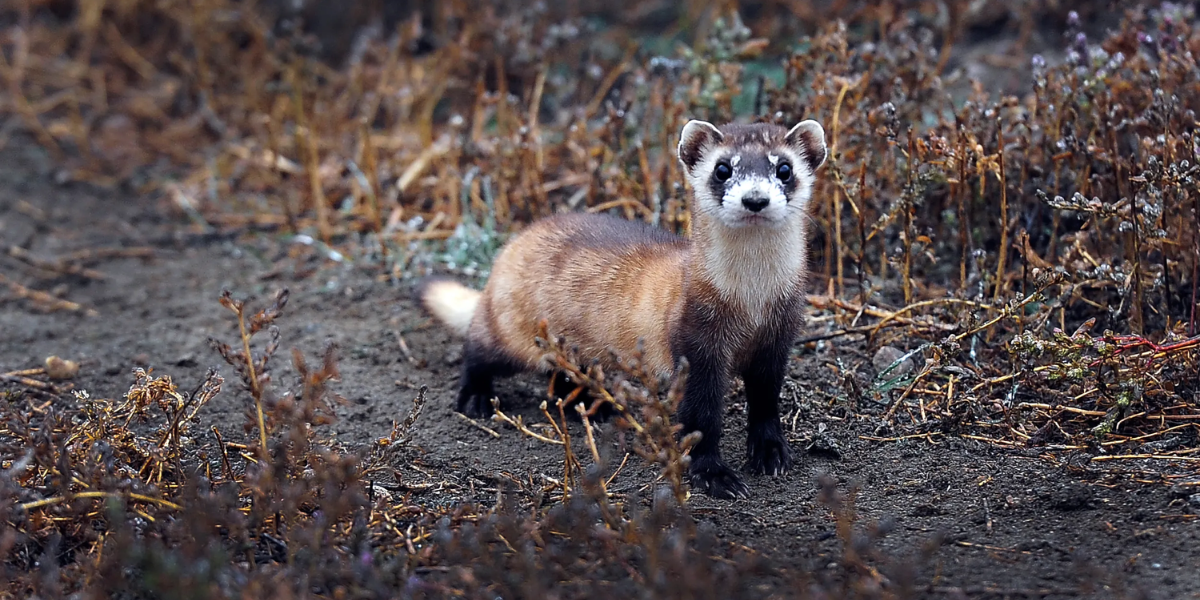
They have a lithe build, a narrow head with distinctive black markings around the eyes, and a pinkish nose. Their fur is a mix of yellow and brown, providing effective camouflage in their grassland habitats.
A notable feature is the black markings on their feet and the tip of their tail, giving them the name “Black-footed Ferret.”
They are not harmful to humans and generally avoid contact, being nocturnal and elusive. Tourists are unlikely to encounter these ferrets in the wild, but if spotted, it’s advised to observe them from a distance without disturbing their natural behavior.
The Black-footed Ferret is listed as “Endangered” on the IUCN red list, primarily due to habitat loss and the decline of prairie dog populations, their main food source.
Prairie Dogs
Prairie dogs, a type of North American ground squirrel, are commonly found in the grasslands of Montana, playing a crucial role in their ecosystem.
These burrowing rodents are also native to other parts of the United States, Canada, and Mexico. Their diet primarily consists of grasses, seeds, and plants, reflecting their herbivorous nature.
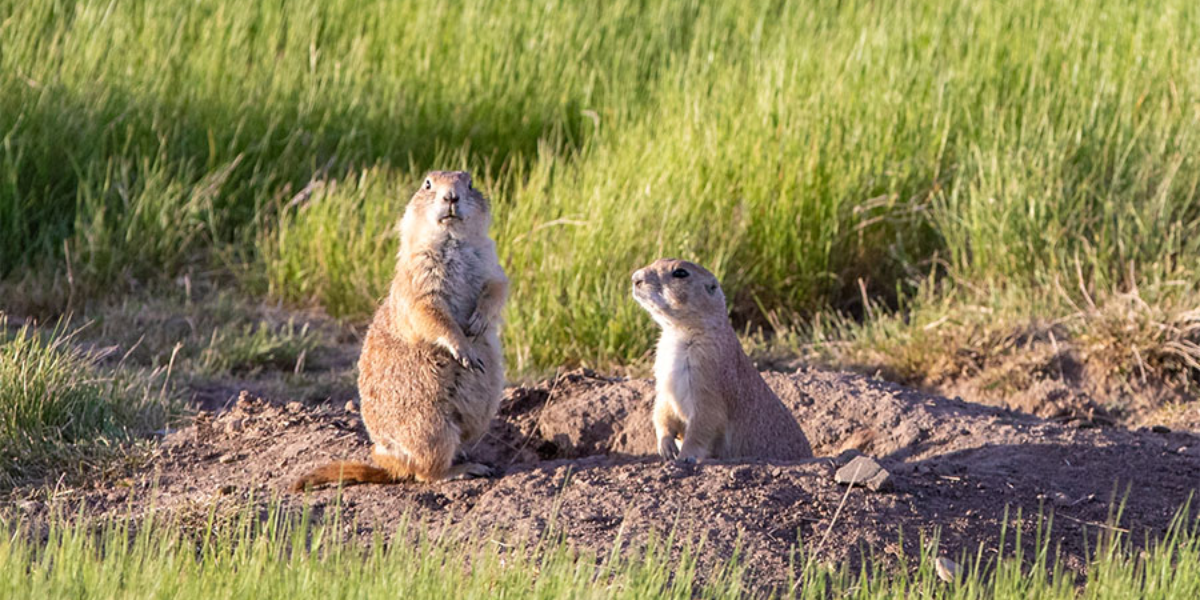
Typically, they have a compact and stout body, ranging from 12 to 16 inches in length, with a short tail measuring about two to four inches. Their fur varies in color, often displaying shades of brown, tan, and buff, providing effective camouflage in their grassland habitats
Prairie dogs are interesting animals in Montana, and are not harmful to humans. However, they can carry diseases such as the bubonic plague. It’s essential for tourists to avoid close interaction or feeding them, and to observe hygiene practices, like hand washing, after any potential contact.
When visiting prairie dog habitats, it’s also important to watch your step to avoid tripping over their burrows. On the IUCN red list, prairie dogs are classified under the “Least Concern” category, indicating a stable population.
Frequently Asked Questions About Interesting Animals in Montana
What animals are unique to Montana?
Bobcat, Golden Eagle and Bald Eagle, Grizzly Bear, Black-footed Ferret, Whooping Crane, Pygmy Rabbit, and Rubber Boa are unique animals thriving in Montana.
What big animals are in Montana?
Grizzly bears, lynx, black bears, moose, wolverines, mountain lions, bighorn sheep, elk, mule deer, white-tailed deer, coyotes, and wolves are big animals in Montana.
What is Montana’s state animal?
The Grizzly bear is Montana’s state animal.
What animals come out at night in Montana?
Owls, bats, and moths stay active at night.
- What Should I Do If A Koala Bites Me? Safety Guide - 2024-05-30
- Are Kangaroos Born Without Hind Legs? A Fascinating Journey - 2024-05-30
- Animals That Look Like Squirrels - 2024-05-30

